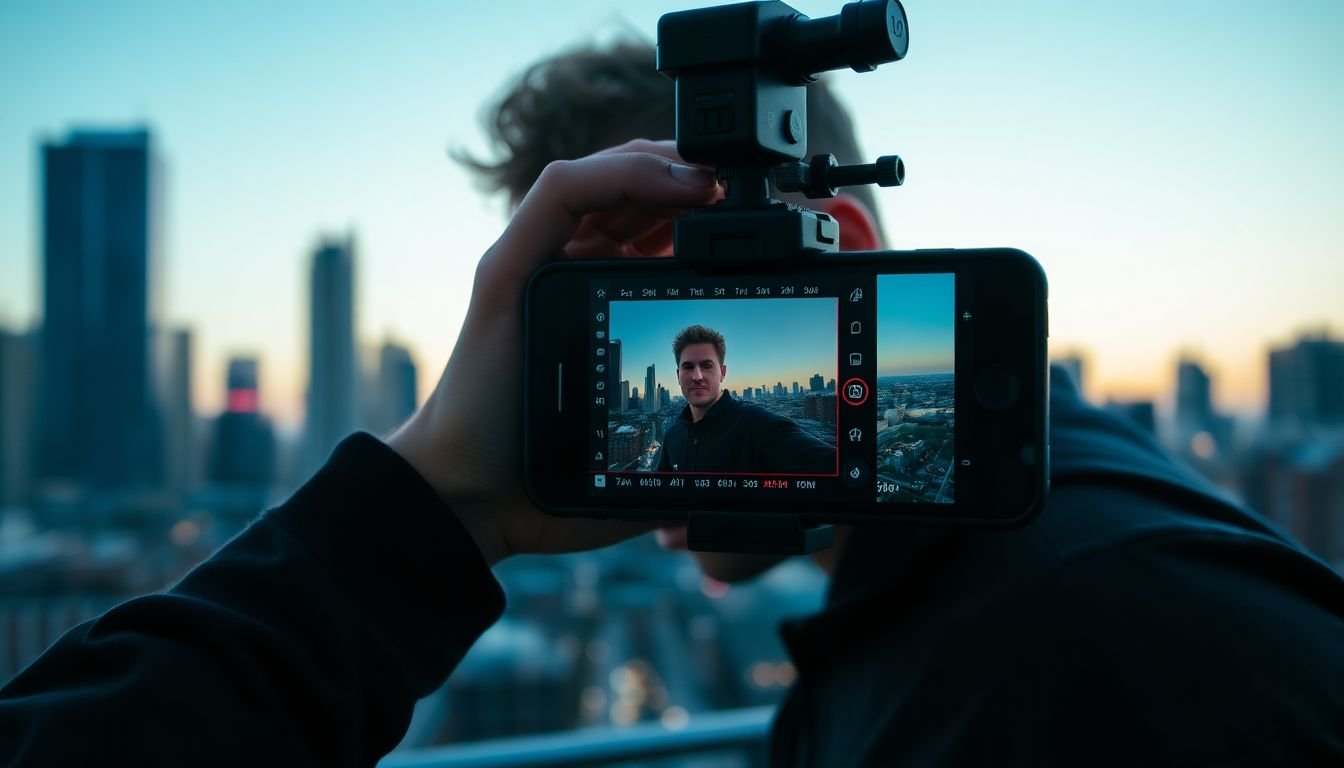
Table of Contents
In the digital age, where our pockets have become our primary screens, the way we consume content has evolved dramatically. Have you ever found yourself tilting your phone to watch a video, only to be greeted by black bars on either side? Welcome to the world of vertical video, a format that’s not just a trend, but a necessity in our mobile-first era. But what does this shift mean for video production? How can we adapt our content to fit the palm of our hand without compromising quality or engagement? Let’s dive into the rise of vertical video and explore how to create mobile-first content that captivates audiences on the go.
First, let’s agree on one thing: the mobile revolution is here to stay. According to a report by Statista, as of 2021, there are over 3.8 billion smartphone users worldwide, and this number is projected to grow. With such a vast audience consuming content vertically, it’s crucial for video producers to understand and embrace this format. But why the sudden shift? The answer lies in our behavior. We hold our phones upright 94% of the time, according to a study by Facebook’s Creative Council. So, it’s no surprise that vertical videos on platforms like Instagram and TikTok have seen a significant increase in views and engagement.
Now, let’s promise you this: by the end of this article, you’ll have a clear understanding of the vertical video landscape, its impact on production trends, and practical tips to create compelling mobile-first content. We’ll explore the art of storytelling in a vertical frame, the importance of aspect ratios, and how to optimize your production process for this format. We’ll also delve into the benefits of vertical video for both creators and viewers, and debunk some common myths about this format.
But before we get started, let’s set the stage with a compelling question: What if you could reach a wider audience simply by rotating your camera? That’s the power of vertical video. So, are you ready to tilt your perspective and dive into the world of mobile-first content? Let’s get started!
Mastering the Vertical Format: A Comprehensive Guide to Video Production in the Mobile Age
In the era of smartphones and social media, the vertical format has emerged as the new king of video production. Once considered a niche format, vertical videos are now ubiquitous, dominating platforms like Instagram, TikTok, and Snapchat. Mastering the vertical format is no longer a choice but a necessity for content creators, brands, and businesses aiming to capture the attention of the ever-growing mobile audience. This comprehensive guide will delve into the intricacies of vertical video production, from understanding the unique aspects of the format to mastering the art of storytelling within the 9:16 aspect ratio. We’ll explore the science behind why vertical videos resonate with mobile users, and how to leverage this knowledge to create engaging, shareable content. From pre-production planning to post-production editing, this guide will provide practical tips and tricks to help you navigate the vertical video landscape. So, whether you’re a seasoned videographer looking to expand your skillset or a newcomer eager to make a splash in the mobile video scene, join us as we embark on this exciting journey to master the vertical format.
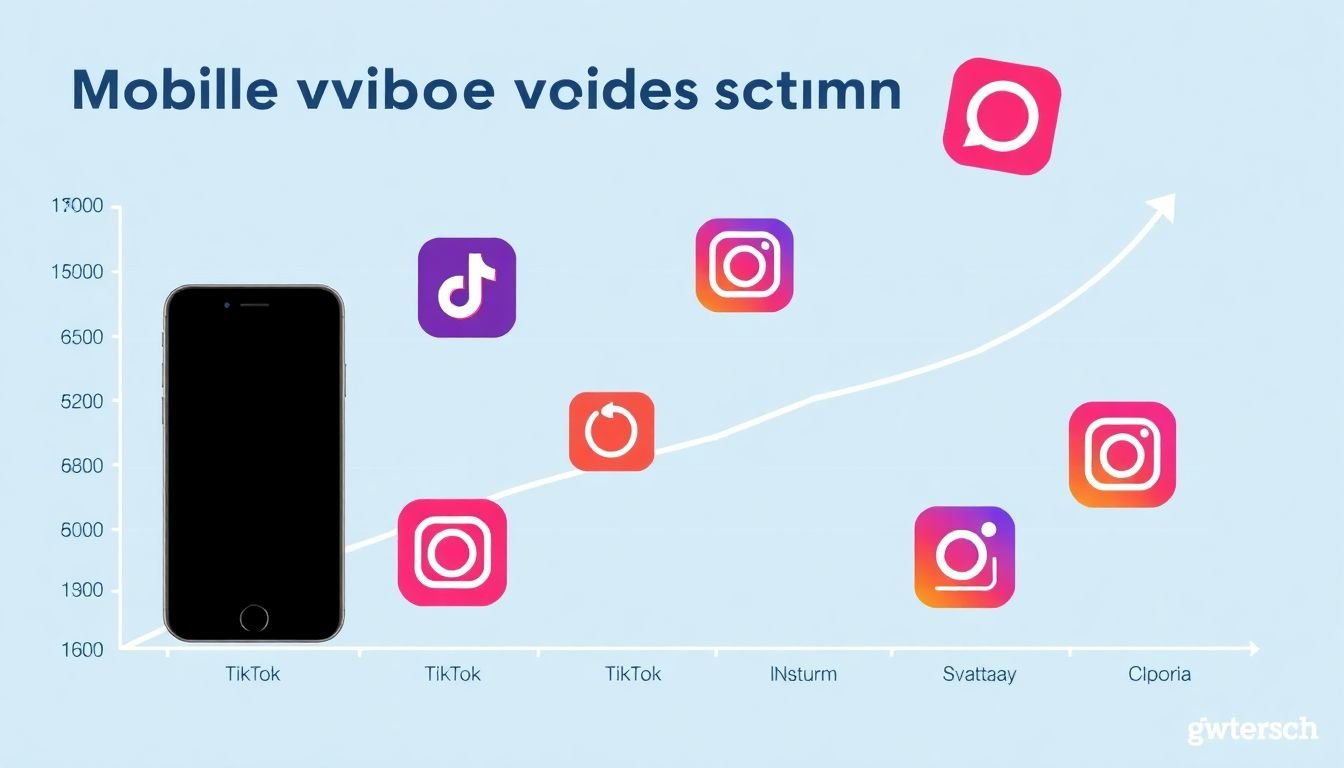
The Mobile Revolution
The Mobile Revolution, a term coined to encapsulate the seismic shift in consumer behavior, has been nothing short of transformative. At the heart of this revolution lies the ubiquitous mobile device, a pocket-sized powerhouse that has redefined how we communicate, consume content, and interact with the world. The smartphone, with its ever-improving cameras and internet connectivity, has democratized content creation and distribution, leading to a surge in mobile video consumption.
The rise of mobile video is not just a shift in platform, but a shift in behavior. It’s about snackable content, vertical viewing, and the desire for instant gratification. According to a Cisco report, mobile video traffic is expected to account for 79% of total mobile data traffic by 2022, up from 60% in 2017.
Platforms like TikTok and Instagram have been at the forefront of this trend, pioneering new video trends and challenging traditional norms. TikTok, with its ‘For You’ page algorithm, has popularized short-form, often humorous videos set to music. It’s a platform where anyone can go viral, and where trends emerge and spread at lightning speed. Instagram, with its Stories and Reels features, has also embraced the mobile video revolution, offering users a space to share ephemeral moments and creative content.
These platforms have not only changed how we consume video but also how we create and engage with it. They’ve given rise to a new generation of creators, from dance choreographers to comedians, who are redefining what it means to be a content creator. They’ve also fostered a culture of engagement, with users actively participating in challenges, duets, and stitched videos.
In essence, the Mobile Revolution is not just about the shift from desktop to mobile, but about the shift in our collective attention span, our desire for immediacy, and our appetite for creativity. It’s a testament to the power of mobile devices to reshape industries and behaviors, one tap at a time.
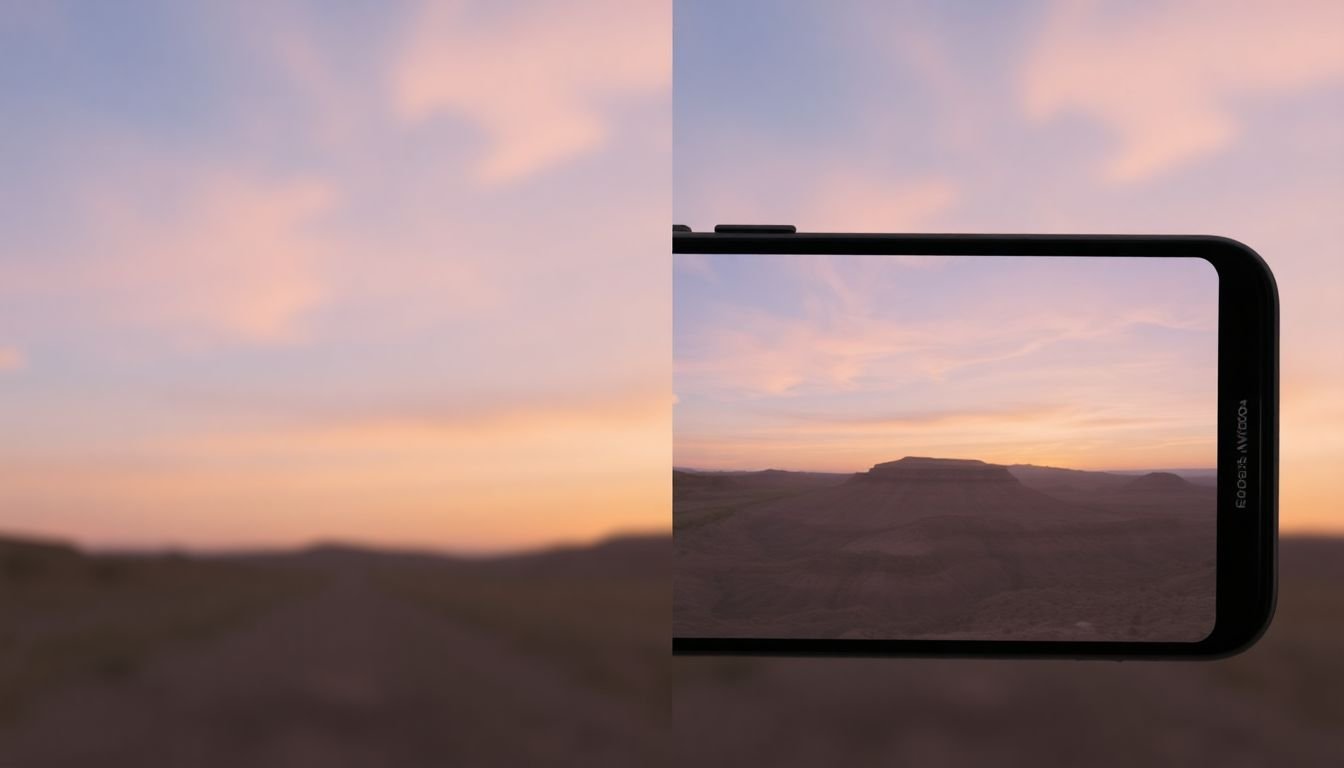
The Case for Vertical Video
In the digital age, the way we consume content has evolved significantly, with mobile devices becoming our primary screens. Among the various formats, vertical video has emerged as a powerful contender, offering several advantages that make it an appealing choice for creators and viewers alike.
The most evident advantage of vertical video is the full-screen viewing experience it provides. Unlike horizontal videos that often leave black bars on mobile devices, vertical videos utilize the entire screen, immersing the viewer in the content. This full-screen experience is not only more aesthetically pleasing but also more engaging, as it demands the viewer’s undivided attention.
Engagement is indeed a significant factor when it comes to vertical videos. With the rise of platforms like TikTok and Instagram Reels, vertical videos have proven to be highly engaging, with users spending more time watching and interacting with them. This increased engagement can be attributed to the format’s ability to capture attention quickly and its suitability for short, snackable content.
Moreover, vertical videos align with the natural aspect ratio of mobile devices. Most mobile phones are designed to be held vertically, making vertical videos more intuitive and comfortable to watch. This natural fit can lead to increased viewership and better retention of content.
In conclusion, the case for vertical video is strong. It offers a full-screen viewing experience, enhances engagement, and aligns with the natural aspect ratio of mobile devices. As mobile usage continues to rise, it’s likely that vertical video will continue to play a significant role in digital content consumption.

Understanding the 9:16 Aspect Ratio
The 9:16 aspect ratio, often referred to as ‘vertical video,’ has become a staple in the digital age, particularly for mobile content. But where did it come from, and why is it so popular? Let’s delve into the origins and significance of this format.
The 9:16 aspect ratio was born out of necessity. With the advent of smartphones, users found themselves holding their devices vertically, making horizontal videos less engaging and more difficult to view. Thus, the vertical format was born, with the 9:16 ratio perfectly fitting the screen of a typical smartphone.
But why is it the ideal format for mobile-first content? Firstly, it’s all about user experience. Vertical videos take up the entire screen, immersing viewers in the content. Secondly, it’s about engagement. Vertical videos are easier to watch on the go, making them perfect for quick, snackable content.
Let’s look at some successful examples of vertical videos. TikTok, with its short, vertical dance and comedy videos, has become a global phenomenon. Instagram’s Reels feature, also vertical, has seen massive growth. Even Netflix has jumped on the bandwagon with its vertical viewing option for mobile users. These platforms have shown that the 9:16 aspect ratio isn’t just a trend; it’s here to stay.
So, if you’re creating content for mobile, consider going vertical. It’s not just about fitting the screen; it’s about engaging your audience in a whole new way.

Storytelling in Vertical Format
In the dynamic realm of digital storytelling, the shift from horizontal to vertical video has brought about a fascinating evolution in narrative techniques. This format, popularized by platforms like Instagram and TikTok, demands a unique approach to engage viewers who are often on the go, scrolling through content with a flick of their wrist.
The first few seconds in vertical video are akin to the opening act of a play, setting the stage for the story to unfold. They must be compelling enough to stop the viewer’s scroll and draw them in. This is achieved through a variety of methods, such as starting with a captivating visual, a surprising fact, or a intriguing question.
Close-ups, once a cinematic tool to convey emotion, have found new life in vertical videos. They allow for intimate storytelling, focusing on the eyes, expressions, and gestures of the subject. This proximity creates an immediate connection with the viewer, making them feel part of the story.
Quick cuts, another cinematic technique, are also employed to great effect in vertical videos. They can be used to create a sense of urgency, to reveal information in a rapid-fire manner, or to simply keep the viewer’s attention. However, unlike traditional filmmaking, these cuts are not just about pacing, but also about maximizing the use of space in the vertical frame.
In essence, storytelling in vertical format is about adaptation and innovation. It’s about understanding the unique constraints and opportunities of the format and using them to tell stories in fresh, engaging ways. It’s about respecting the viewer’s time and attention, and making every second count. And it’s about embracing the challenge of telling stories in a format that’s constantly evolving, much like the stories themselves.
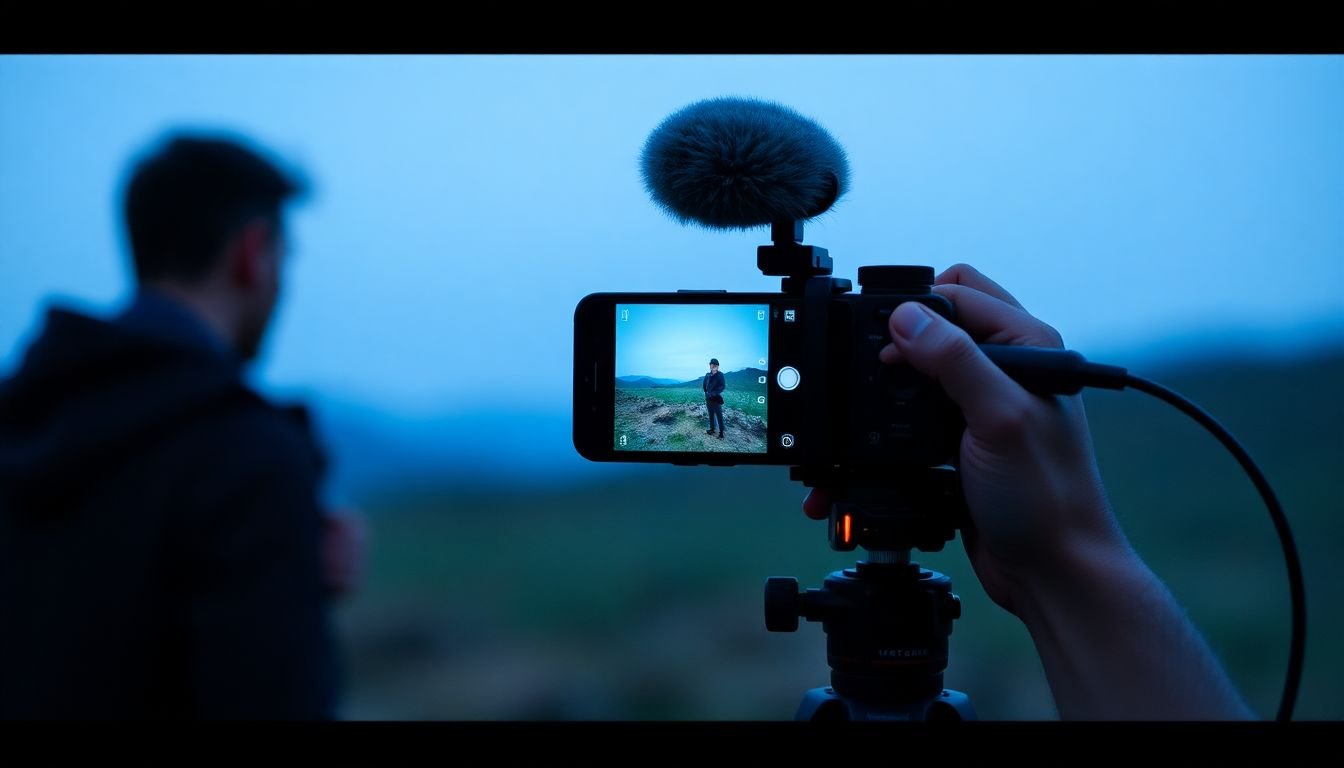
Production Tips: Shooting Vertical Video
In the era of smartphones and social media, vertical video has become a staple, with platforms like Instagram and TikTok favoring this format. Here are some practical tips to help you master the art of shooting vertical video.
Firstly, let’s talk about camera positioning and framing. The key to vertical video is understanding that the frame is taller than it is wide. So, position your camera accordingly. Hold your camera in portrait mode, with the screen at eye level. This helps maintain a natural and engaging perspective for your viewers.
Now, let’s discuss framing. The rule of thirds is your friend here. Imagine a grid dividing your frame into nine equal parts. Place your subject along these lines or at their intersections to create a balanced and interesting composition. Remember, the focus should be on the top two-thirds of the frame, as that’s where the viewer’s eye naturally goes.
Next, consider using mobile devices for production. Smartphones have come a long way in terms of camera quality. They’re convenient, lightweight, and perfect for capturing spontaneous moments. However, they do have their limitations. To overcome these, use a tripod or a stabilizer to keep your shots steady. Also, consider using external lenses or attachments to enhance your phone’s camera capabilities.
Lastly, think about your content. Vertical video is great for close-ups, interviews, and scenes that don’t require a wide angle. It’s intimate and personal, so use this to your advantage. Also, consider adding text or graphics to your video to make it more engaging and informative.
In conclusion, shooting vertical video is all about understanding the unique format and using it to your advantage. With a bit of practice and these tips, you’ll be creating stunning vertical videos in no time!
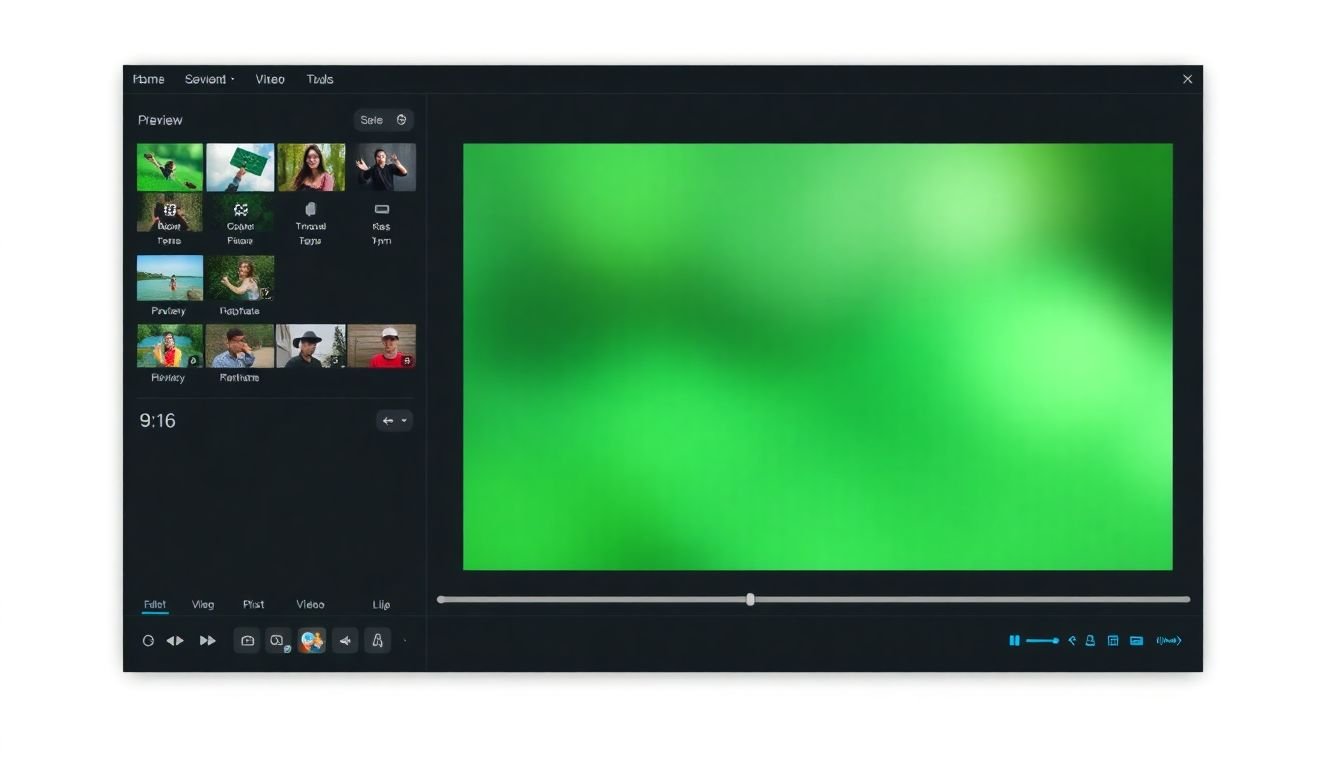
Editing for Vertical Video
Editing for vertical video, a format popularized by platforms like Instagram and TikTok, presents a unique set of challenges and opportunities. Unlike traditional widescreen videos, vertical videos maintain a 9:16 aspect ratio, which can be both restrictive and creatively liberating.
The first step in editing vertical video is choosing the right software. While many traditional video editing tools like Adobe Premiere Pro or Final Cut Pro support vertical video, they may not be optimized for it. Specialized apps like CapCut, InShot, or Adobe Premiere Rush offer user-friendly interfaces designed specifically for vertical video editing.
Once you’ve chosen your software, maintaining the 9:16 aspect ratio is crucial. Most editing tools will automatically adjust your video to fit this format, but it’s important to ensure that your video’s content is also optimized for vertical viewing. This might mean reframing shots, using close-ups, or incorporating text and graphics that complement the vertical orientation.
Adding captions or text overlays is another key aspect of vertical video editing. With viewers often watching without sound, captions can provide crucial context and engagement. Many editing tools offer built-in captioning features, or you can use third-party apps like Subly or Rev to generate captions that can be easily added to your video. When adding text overlays, consider the vertical orientation and ensure that the text is large enough to be easily read.
In conclusion, editing for vertical video requires a different approach than traditional widescreen editing. With the right software and a focus on maintaining the 9:16 aspect ratio and incorporating captions or text overlays, you can create engaging and effective vertical videos.
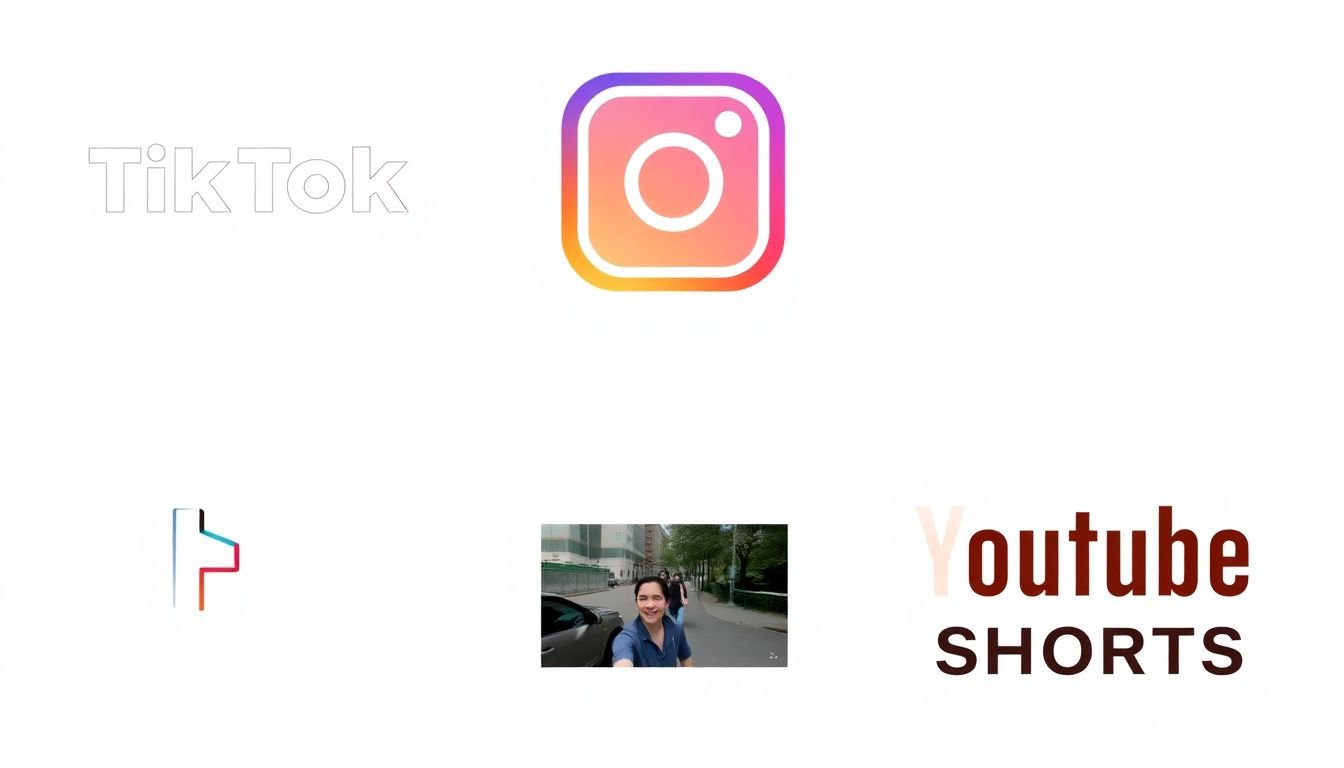
Platform-Specific Vertical Video Strategies
In the dynamic world of digital content, platforms have evolved to cater to diverse user preferences, with vertical video formats gaining significant traction. Each platform has its unique requirements and best practices, making it crucial for creators to understand these nuances to maximize engagement. Let’s delve into the vertical video strategies for three popular platforms: TikTok, Instagram Reels, and YouTube Shorts.
TikTok, the pioneer of short-form vertical videos, thrives on authenticity and creativity. To succeed here, embrace the ‘For You’ page algorithm by using relevant hashtags, engaging with trends, and maintaining a consistent posting schedule. TikTok’s ‘Duets’ and ‘Stitch’ features encourage user interaction, so leverage these to boost your content’s reach. Remember, TikTok’s audience appreciates humor and creativity, so let your personality shine through.
Instagram Reels, introduced to compete with TikTok, offers a blend of creativity and connectivity. Here, consistency is key. Post regularly to keep your audience engaged and grow your following. Instagram’s ‘Explore’ page favors content that uses trending effects and music, so stay updated with the latest trends. Additionally, cross-promote your Reels on your feed and stories to maximize visibility.
YouTube Shorts, YouTube’s foray into short-form vertical videos, leverages the platform’s existing user base. To succeed here, focus on creating content that complements your existing channel. Use YouTube’s ‘Create’ feature to easily convert your existing videos into Shorts. Engage with trends and use relevant hashtags to increase discoverability. YouTube’s algorithm favors content that keeps viewers on the platform, so create engaging, binge-worthy Shorts.
In conclusion, while each platform has its unique requirements, the key to success lies in understanding your audience, staying updated with trends, and maintaining a consistent posting schedule. So, roll up your sleeves, get creative, and let the vertical video revolution work in your favor!

The Future of Vertical Video
In the dynamic landscape of digital media, the future of vertical video promises to be as captivating as it is innovative. As we step into the next decade, several trends are set to reshape the way we consume and interact with vertical content.
The first wave of transformation is likely to come from augmented reality (AR). Imagine walking down the street, looking at your phone, and seeing a 3D model of a building or a piece of art floating in the air. This is not science fiction; it’s the promise of AR, and it’s set to revolutionize vertical video. Developers are already working on AR filters and effects that will make vertical videos more immersive and engaging.
Interactive content is another area that’s poised for growth. Vertical videos will no longer be passive viewing experiences. They will evolve into interactive narratives where viewers can influence the story’s outcome, participate in polls, or even shop directly from the video. This shift is already underway with platforms like Instagram and TikTok introducing interactive features.
But perhaps the most significant impact will come from the rollout of 5G technology. With faster speeds and lower latency, 5G will enable smoother streaming of high-quality vertical videos, even in crowded places. It will also open up new possibilities for live streaming and real-time interaction. For instance, a viewer could join a live concert, not just watch it, but also interact with the performers and other viewers in real-time.
In conclusion, the future of vertical video is not just about taller screens. It’s about creating more immersive, interactive, and engaging experiences. It’s about blurring the line between the physical and digital worlds. And with 5G on the horizon, the future of vertical video is not just exciting; it’s almost here.
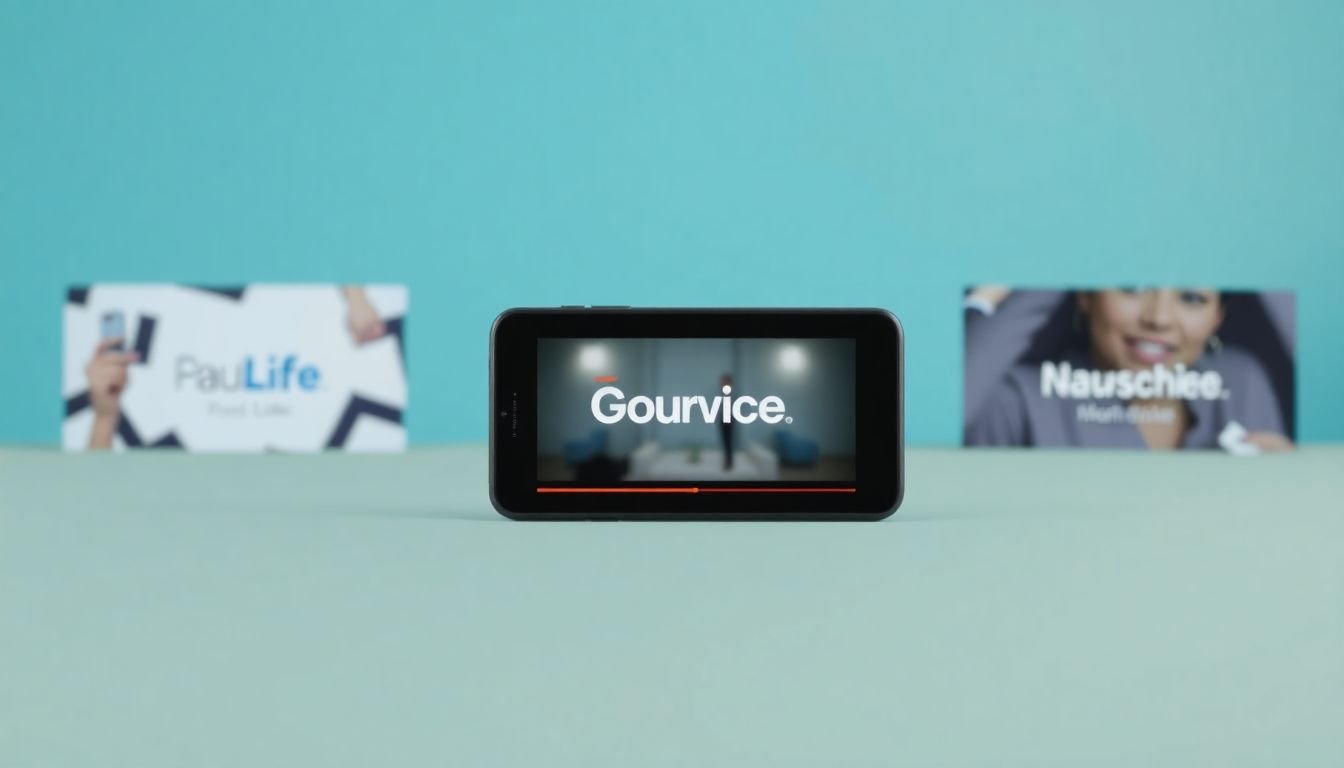
Case Studies: Brands Killing It with Vertical Video
In the dynamic world of digital marketing, vertical video has emerged as a powerful tool, transforming the way brands engage with their audiences. Let’s delve into two compelling case studies that illustrate how brands have masterfully leveraged vertical video to drive engagement, reach, and conversions.
The first brand to captivate our attention is Taco Bell, known for its innovative and playful marketing strategies. In 2019, they launched their ‘Web of Sound’ campaign, a vertical video series that immersed viewers in a 360-degree, interactive experience. The campaign was designed to promote their new menu items and drive traffic to their website. Taco Bell employed a unique strategy, utilizing the full screen of vertical videos to create an immersive, panoramic view of their restaurants. They also incorporated interactive elements, allowing viewers to explore different areas of the restaurant by tilting their phones. The results were nothing short of impressive. The campaign generated over 10 million views, a 25% increase in website traffic, and a 20% increase in mobile orders.
Another brand that has excelled in the vertical video realm is Gucci. In 2020, they launched their ‘GucciFest’ campaign, a digital event that celebrated creativity and diversity. The campaign consisted of a series of vertical videos, each telling a unique story and showcasing Gucci’s latest collections. Gucci’s strategy was to create a cinematic experience tailored to the vertical format, utilizing the full screen to create an immersive, story-driven narrative. They also collaborated with a diverse range of artists and influencers to create content that resonated with their audience. The results were outstanding. GucciFest generated over 53 million views, reached over 20 million users, and saw a significant increase in engagement and sales.
These case studies highlight several key strategies that brands can employ to succeed with vertical video. Firstly, understanding the unique aspects of the vertical format and utilizing the full screen to create immersive experiences. Secondly, incorporating interactive elements to engage viewers and drive action. Lastly, collaborating with diverse creators and influencers to create content that resonates with the audience. By following these strategies, brands can effectively leverage vertical video to reach, engage, and convert their audiences.